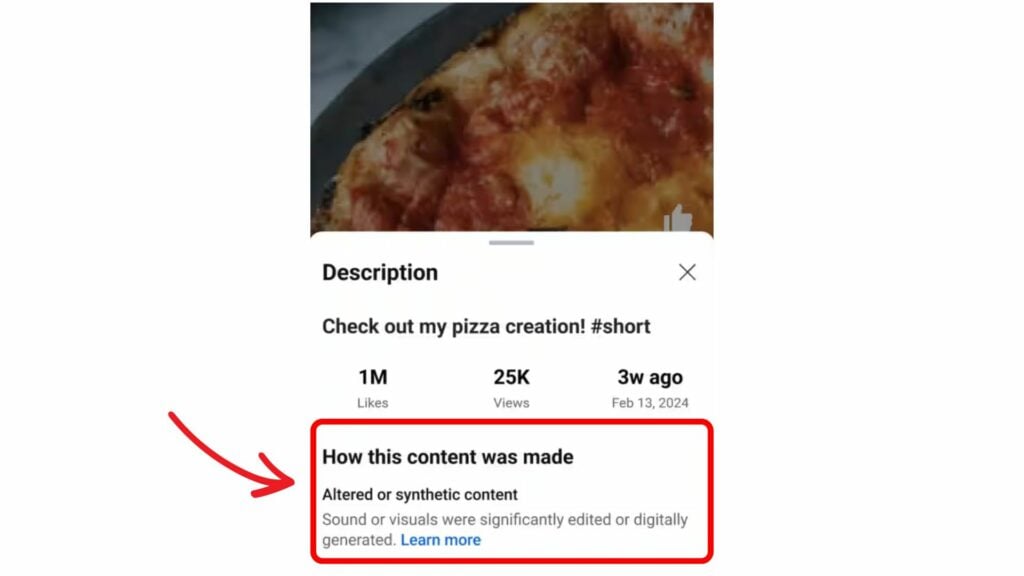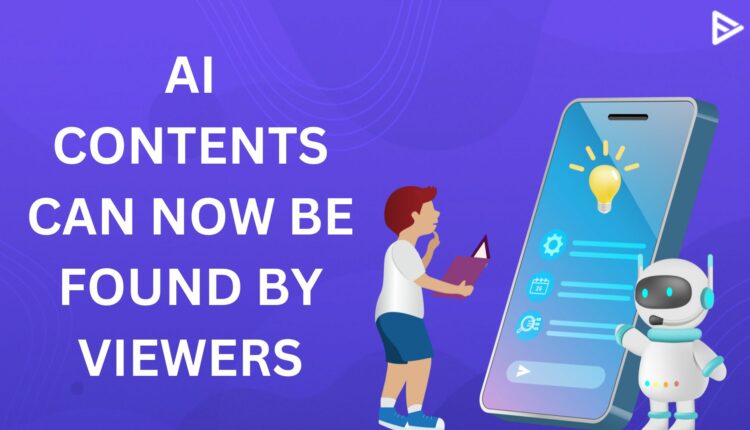As YouTube focuses more on providing a safe space for creators and users, it has developed a feature to cut off AI-generated content from the platform: “Realistic AI content.” The giant video-sharing platform now asks multiple questions to YouTubers before uploading a single video to ensure its originality.
You might be watching AI-generated content as well as creating one. You just don’t know you are doing it. So, let’s unfold more about YouTube’s realistic AI content feature and what it has to say.
What Is Realistic AI Content Feature?

YouTube has rolled out a realistic AI content feature that allows creators to indicate whether the video they upload has altered or synthetic content, including AI-generated content. It has a set of questions ready for creators to ask while uploading a video, which decides if your video is authentic. Following are some questions YouTube asks the user.
1. Makes a real person appear to say or do something they didn’t say or do.
2. Alters footage of a real event or place.
3. Generates a realistic-looking scene that didn’t actually occur.
If you answer yes to all of these as a creator, YouTube will label your video as “Altered and synthetic content.”
The realistic AI content was supposed to be on board for all creators from last Monday, but it seems like it has yet to roll out completely, as we couldn’t find it on our devices.
There are numerous ways in which creators use AI-generated content that were acceptable till now but are questionable for the future. YouTube already has videos featuring black celebrities’ fake news, AI-generated audio narration, and AI-edited thumbnails, which include celebrities’ pictures. However, not all of these come under altered and synthetic content, but some do. For example, using the likeness of a realistic person in which users have altered an individual’s face with another or, in some cases, use someone’s voice to narrate the video.
Creators who alter the relevant footage and make it add something that isn’t real could be a cityscape or building catching fire. The user needs to disclose that information to YouTube so the platform can label them. However, there are some categories you need to disclose to YouTube, such as completely unrealistic or animated videos.
Conclusion
Since there is a lot of fake information and AI-generated content available that misleads viewers, introducing features like “realistic AI content” was crucial. This feature labels whether a video is based on facts or just AI-generated, so users don’t believe everything they see. With this feature, you can confidently approach online videos, knowing you have the tools to discern what’s real from what’s not.


